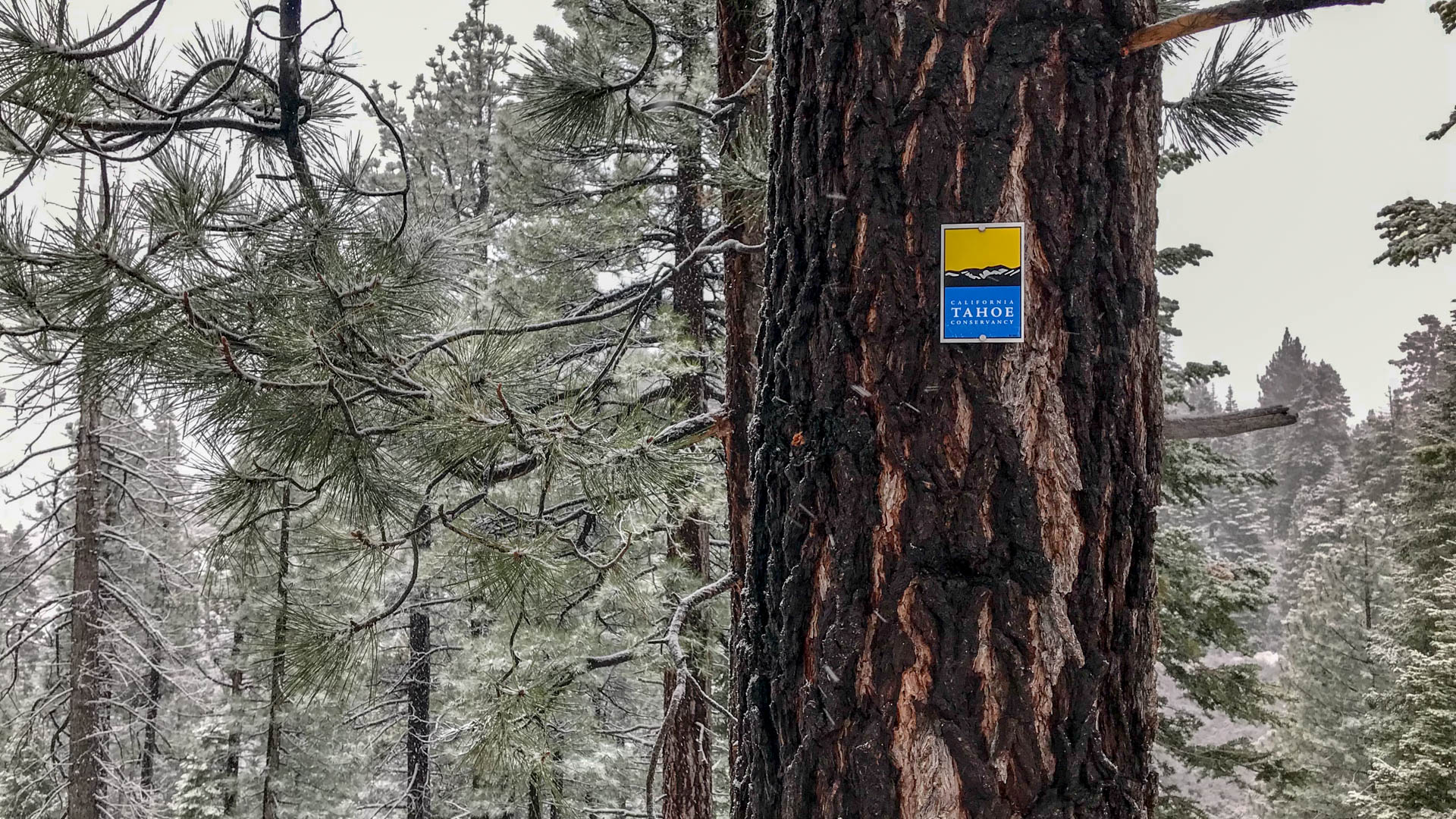
May 2019 Conservancy Newsletter
It wouldn’t be May at Lake Tahoe without a little snow.
Despite that, for the Conservancy this time of year kicks off the field season for restoration efforts large and small. Tahoe Conservation Partnership crew members are training for the coming months and Conservancy staff are navigating permitting needs for restoration projects. At a wider angle, the Conservancy and its partners are in midst of forest health and watershed restoration planning at the landscape scale. The Lake Tahoe West Restoration Partnership is honing its forthcoming Landscape Restoration Strategy to guide decades of work around west shore forests and communities.
Efforts large and small such as these will play a key role in how we prepare the Lake Tahoe Basin for climate change and protect its communities from the threat of wildfire.
Patrick Wright
Executive Director, California Tahoe Conservancy
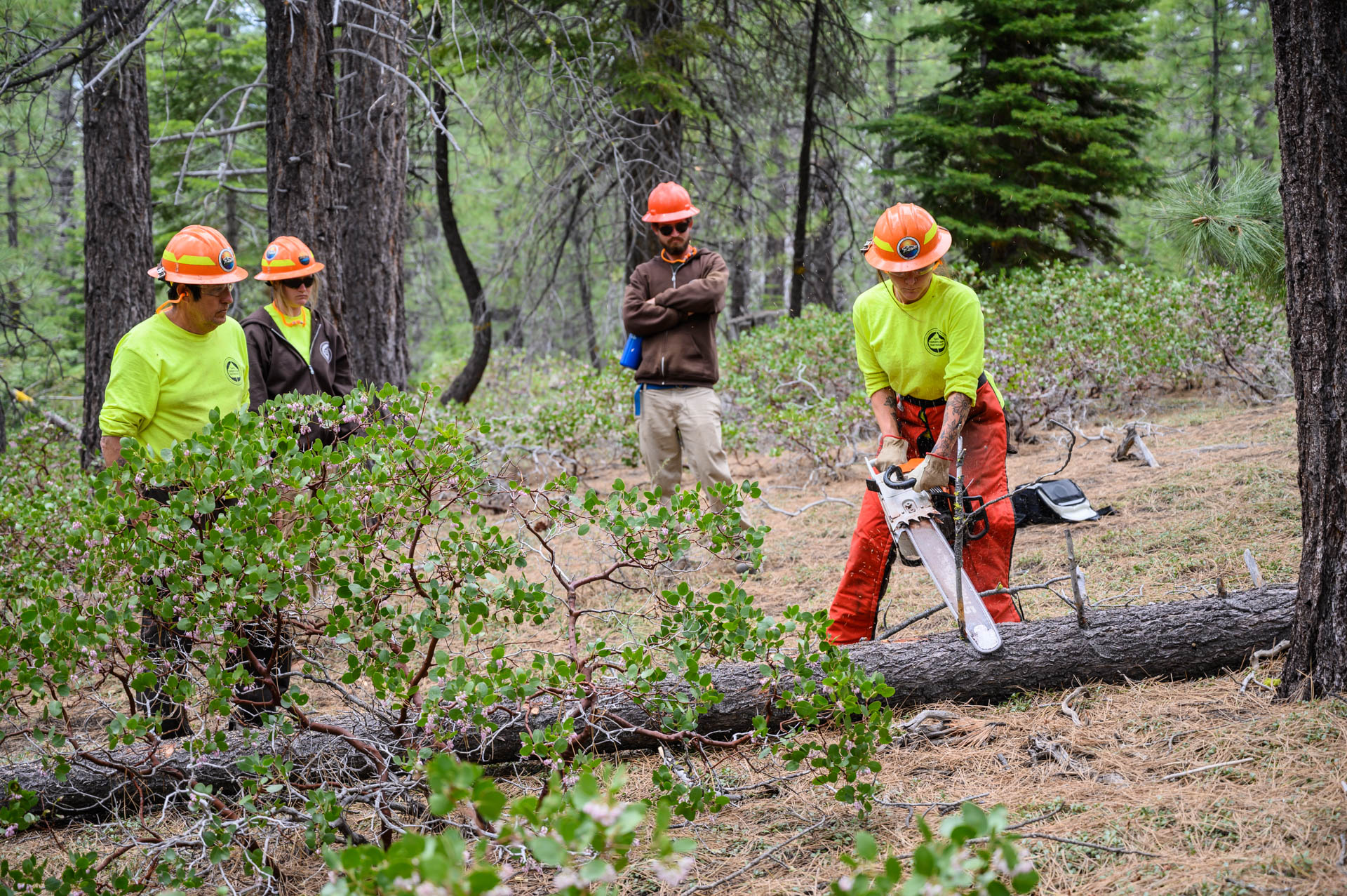
Tahoe Conservation Partnership Crews Kick Off the New Field Season
Tahoe Conservation Partnership (TCP) crews have kicked off the 2019 field season with a strong group of conservationists who bring a breadth of knowledge and experience. A collaborative effort between the Conservancy and Tahoe Resource Conservation District, the TCP crews conduct maintenance and implement restoration projects on Conservancy lands to improve water quality and lake clarity, reduce wildfire risk, and protect our natural spaces. These projects can benefit the public by providing open space and access, while providing habitat for native species.
Photo: Tahoe Conservation Partnership crew members in chainsaw training in preparation for the coming field season.
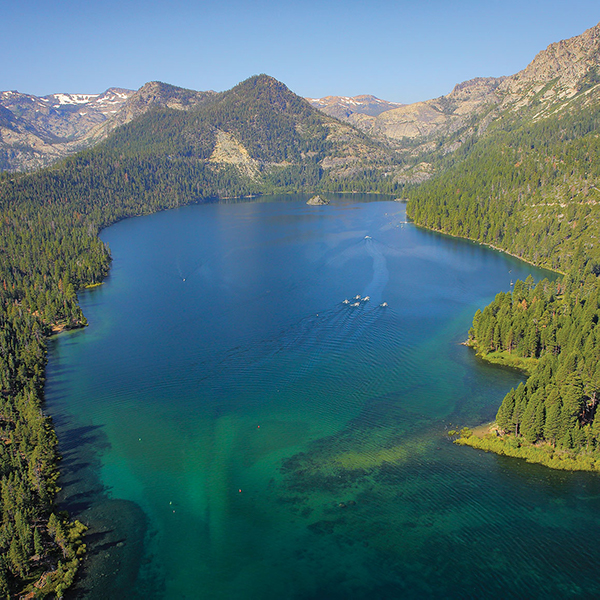
Conservancy-Funded Project Studies Whether Removing Introduced Mysid Shrimp Can Improve Lake Clarity
In the 1960s, wildlife officials from California and Nevada introduced tiny shrimp to Lake Tahoe as food for non-native game fish. What happened follows a familiar pattern of introduced non-native species and unintended consequences as they disrupted Lake Tahoe’s food webs. Now, scientists with the UC Davis – Tahoe Environmental Research Center, funded in part by a $390,000 Conservancy grant, are studying whether their removal could help restore Lake Tahoe’s clarity. Learn more.
Photo by Brant Allen, UC Davis – Tahoe Environmental Research Center.
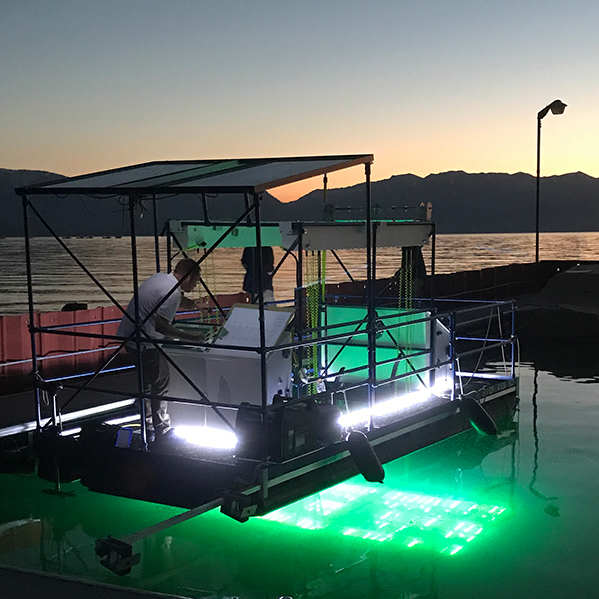
Conservancy-Funded Study Finds UV Light Useful in Fighting Aquatic Invasive Plants
The Tahoe Resource Conservation District, in collaboration with Inventive Resources, Inc., has found promising results using a new approach to combat aquatic invasive plants, one of the greatest threats to Lake Tahoe’s ecology and clarity. The Conservancy provided a $260,128 grant for the project from its Lake Tahoe Science and Lake Improvement Account (S.B. 630) along with matching funds from a Proposition 1 grant and the Tahoe Fund. Read the full report.
Photo courtesy of Tahoe Resource Conservation District
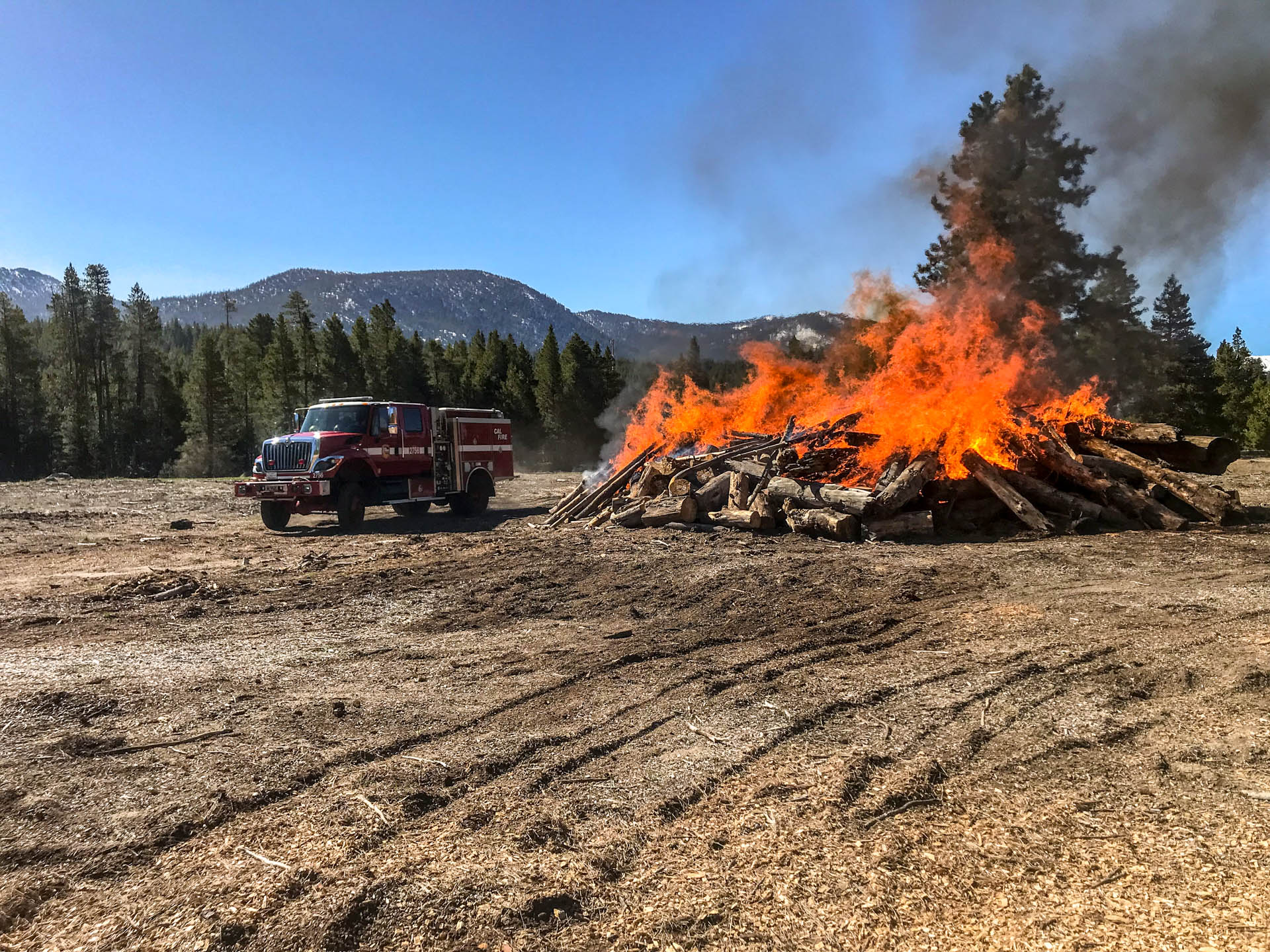
Conservancy completes prescribed burn associated with Upper Truckee River restoration
In April, the Conservancy, with support from CAL FIRE Amador-El Dorado Unit’s Engine 2756, conducted a prescribed burn to remove a large landing pile at the old Sunset Stables property off U.S. Highway 50. This completes a meadow restoration effort related to the larger Upper Truckee River Reach 5 restoration project.
The removed trees, mostly lodgepole pines, had encroached on meadows adjacent to the Upper Truckee River. In addition to restoring valuable floodplain meadow habitat, the Reach 5 Restoration—conducted through a partnership between the Conservancy and the U.S. Forest Service Lake Tahoe Basin Management Unit (LTBMU)—resulted in 120 acres of restored and reactivated floodplain and a realignment of the river with the return of meandering oxbows. Learn more about the Reach 5 restoration project at the LTBMU website.
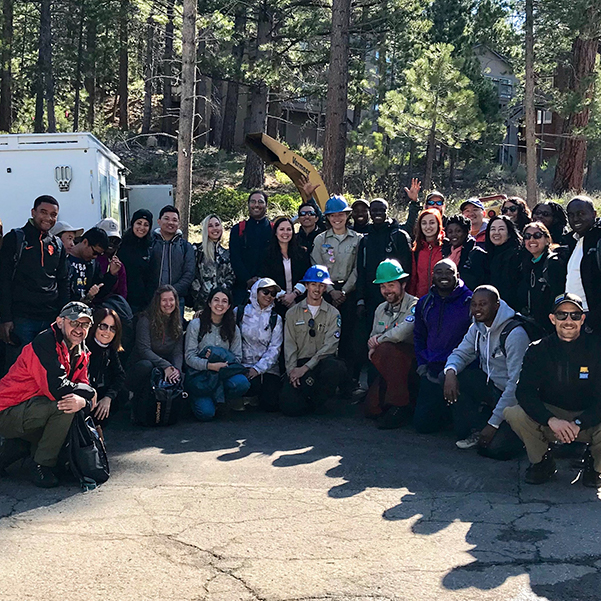
Conservancy Staff Contributes to International Seminar on Climate Change
Milan Yeates, an associate environmental planner with the Conservancy’s Land Management Program, was a guest speaker about forest health management and climate change as part an international seminar on climate change organized by the U.S. Forest Service (USFS). Participants from 18 countries spent a day in the Lake Tahoe Basin as part of a two-week seminar. During an early morning tour stop at the Montgomery Estates Urban Fuel Hazard Reduction Project on the south shore, participants were able to view California Conservation Corps crews actively engaged in Conservancy urban-lot vegetation management. Yeates shared how the Conservancy collaborates with the California Conservation Corps to manage forest health on its lands and how such management increases resilience to climate change impacts while reducing wildfire risk.
Photo courtesy of Moses Jackson, U.S. Forest Service.
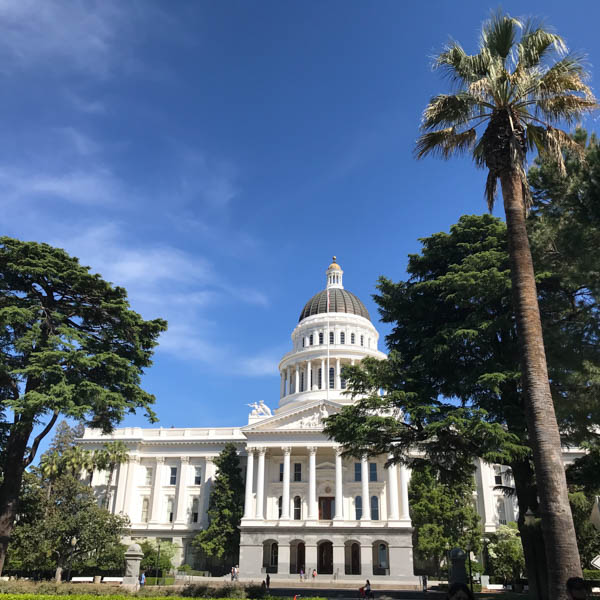
April’s Special Conservancy Board Meeting in Sacramento
Last month, the Conservancy Board held a special meeting in Sacramento featuring robust discussions around climate change, forest health, and sustainable communities. We look forward to continuing to collaborate with the many State partners who joined us at the State Library. View photos from the meeting.
Cindy Gustafson Joins Conservancy Board
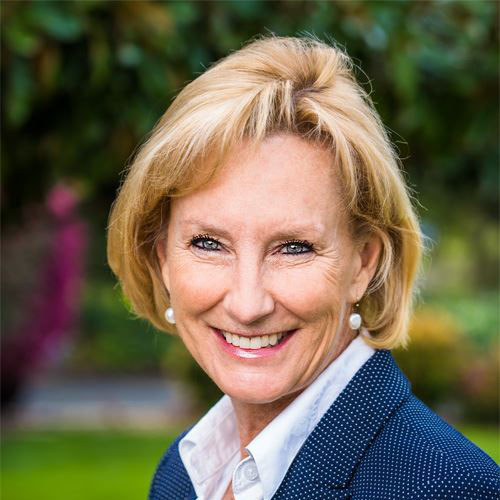
Cindy Gustafson
California Tahoe Conservancy Board Member, Placer County
Placer County Supervisor Cindy Gustafson has joined the Conservancy Board as the new Placer County representative. Prior to joining the Board of Supervisors, Ms. Gustafson had served as CEO for the North Lake Tahoe Resort Association since 2017. She brings extensive nonprofit, business and local government experience in eastern Placer County, including 26 years with the Tahoe City Public Utility District – serving eight of those years as general manager.
Ms. Gustafson succeeds longtime Board member Larry Sevison. Mr. Sevison joined the inaugural Tahoe Conservancy Board in 1985, and served for many years as Board Chair.
Conservancy Staff Grows
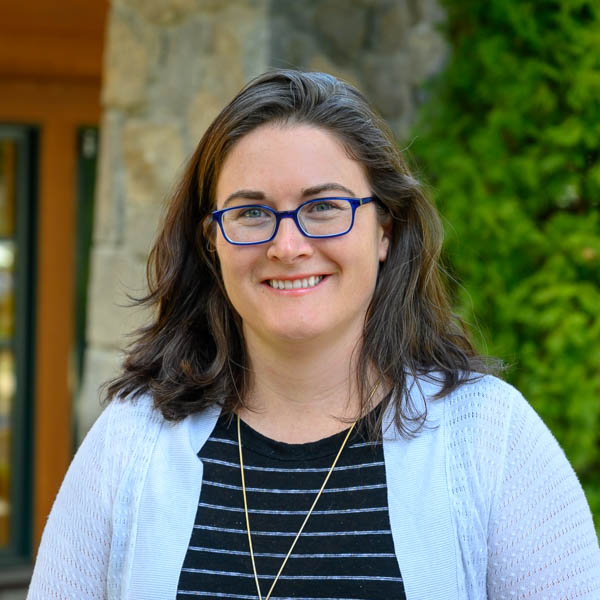
Erin Ernst
Forest Planning Management Specialist
Erin, who joined the Conservancy in March, previously worked for six years as a forester for the USFS at the Tahoe and Lassen National Forests. Most recently, she led ecological monitoring at the University of California, Davis, working on USFS’s Central Sierra Province. Erin earned her bachelor’s degree in Forest Ecosystems Management and Restoration at the University of Wisconsin, Stevens Point. She will be planning urban forestry projects to advance the Conservancy’s community forestry and fire prevention program and supporting efforts under the Good Neighbor Agreement with the LTBMU.
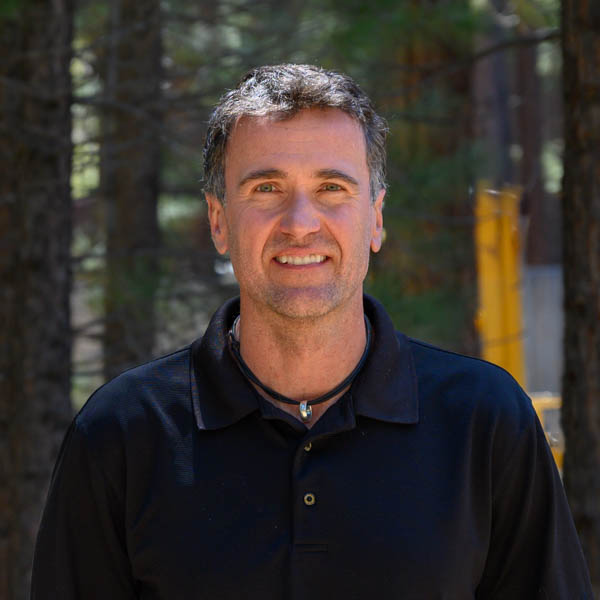
Joseph Harvey
Forest Operations Specialist
Joseph joined the Conservancy in April from Calaveras Big Trees State Park, where he served as the Forest Ecologist and Wildlife Biologist. Prior to that, he served as the Merced River Biologist with California Department of Fish and Wildlife and he earned his bachelor’s degree from the University of California, Santa Barbara. Joseph will be working on forest management, biomass utilization, and other landscape scale restoration projects.
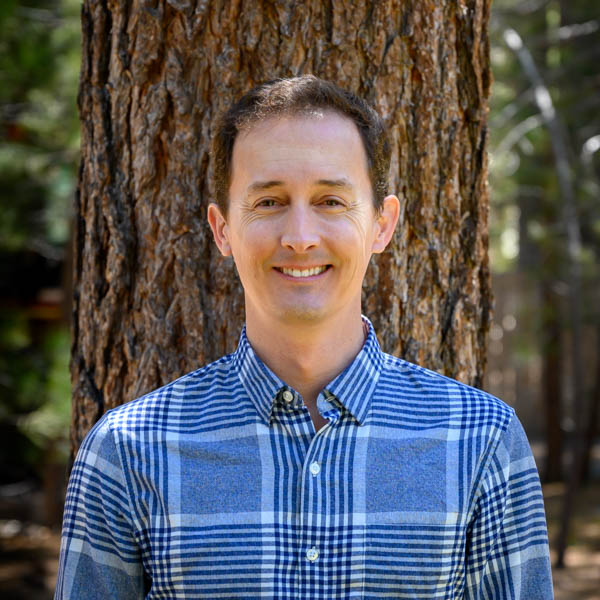
Brent Coe
Chief Information Officer
Brent joined the Conservancy in April from San Diego State University, where he had served as an Information Technology (IT) manager in the Financial Systems Department. Brent’s career has ranged from IT to web development, software engineering, and technology leadership. Brent earned his bachelor’s degree in biology from San Diego State University, where he also has a pending master’s degree in computer science. Brent’s role as the Conservancy’s Chief Information Officer allows him to get involved in nearly every aspect of its work, and work with just about every level of technology.
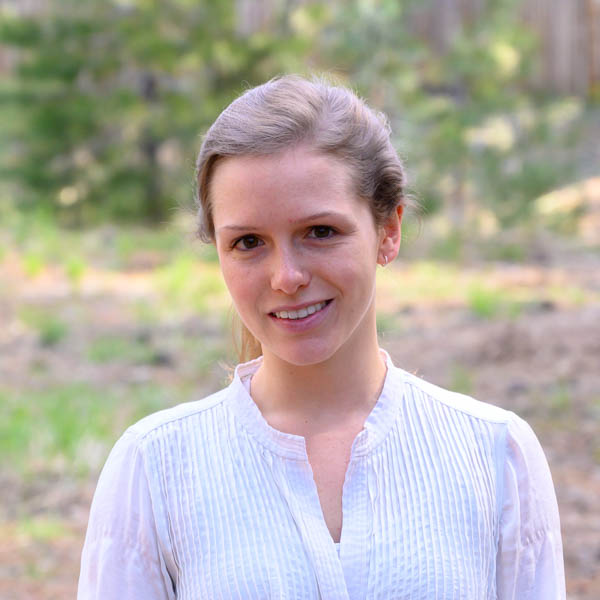
Caroline Martin
Summer Legal Intern
Caroline, who joined the Conservancy in May, is studying law at the University of North Carolina (UNC) School of Law at UNC Chapel Hill. She earned her bachelor’s degree in environmental science at Colorado College. Caroline is interested in pursuing environmental law, and while with the Conservancy she is supporting the legal team with research regarding stewardship of Conservancy lands and other issues.
Upcoming California Tahoe Conservancy Board Meetings
The Conservancy Board will meet on June 20 at the North Tahoe Event Center at 8318 North Lake Boulevard, Kings Beach, California 96143. The agenda will be available ten days prior to the meeting. Learn more.
Lake Tahoe in the News
Novasel honored by Assemblyman as 2019 Woman of the Year – South Tahoe Now, March 4, 2019
John Thiel: New Man at the helm of South Tahoe Utility District – South Tahoe Now, March 4, 2019
Land at the Y in South Lake Tahoe to be purchased for affordable housing project – South Tahoe Now, March 15, 2019
High-tech fight on aquatic invasive plants in Lake Tahoe shows promising results – Tahoe Daily Tribune, March 19, 2019
Five Lake Tahoe recreation sites to get ADA upgrades – South Tahoe Now, March 20, 2019
Conservancy receives $1.95M to restore forest and watershed resilience – South Tahoe Now, March 22, 2019
Conservancy approves City’s purchase of Bijou Creek watershed lot – South Tahoe Now, March 27, 2019
Potential Project could bring new housing to South Lake Tahoe – Tahoe Daily Tribune, March 29, 2019
Seasonal Dog Closure at Upper Truckee Marsh – Tahoe Weekly, May 1, 2019

